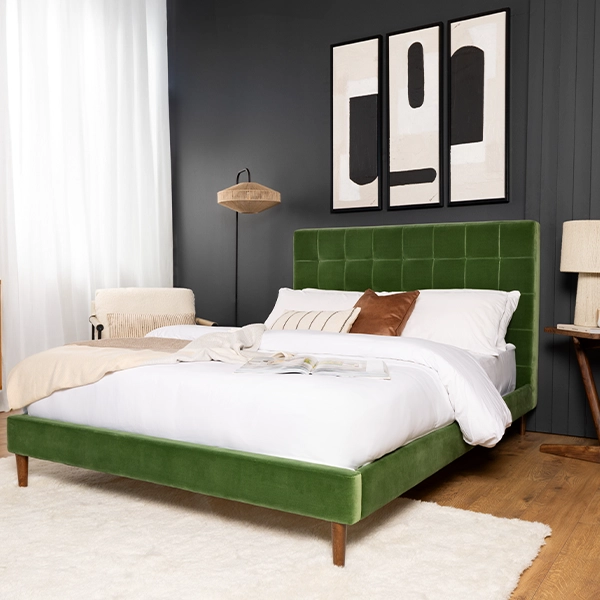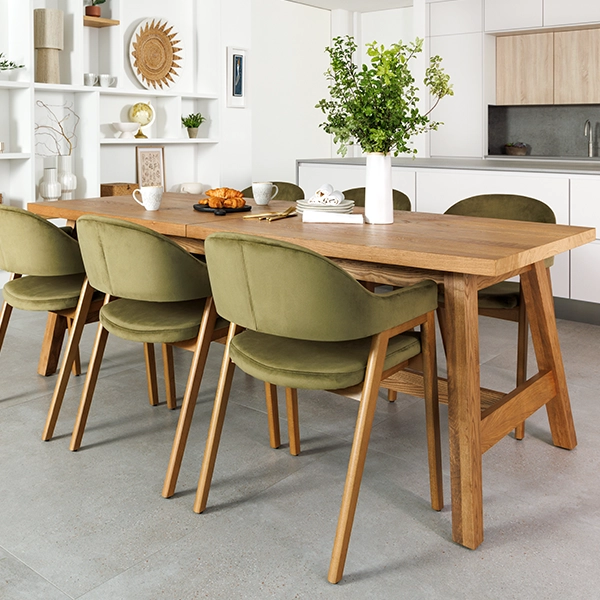
Studying for exams requires hard work and dedication. It can become very easy to get distracted while studying, between the longing for a snack break or the urge to check a phone notification, but establishing a dedicated study area at home should help with keeping focused.
A designated study space free of any distractions is likely to sharpen the mind and improve concentration. In this post, we discuss how you can create an ideal study space which will hopefully go a long way to ultimate exam success.
Why Should you have a dedicated study area?
Setting up a dedicated study space can be beneficial for several reasons:
- An area dedicated for study is better than using a bedroom, kitchen or living room, as the study space can be associated purely with schoolwork, whereas the other rooms would present distractions.
- A dedicated study area can be maintained at an ideal temperature for effective study and painted in a colour scheme that will help the mind to focus.
- The student is much less likely to be disturbed by other people in the home if he/she worked in a designated study space.

What makes a good study area?
Some spaces will inevitably lend themselves better to study environments than others. Generally, the area should be as quiet as possible, although some students could find it easier to get schoolwork done with background noise. Whatever approach your child finds more productive, that’s what you should go with when setting up an area for study. A good study area will usually have these elements:
- Privacy: The space should be in a low-traffic area of the home where the student is quite unlikely to be disturbed.
- Spacious: The room needs to be big enough to accommodate a proper study desk, along with any bookshelves on which studying materials can be housed. (Tip: To work out the ideal size of a desk for the study area, ask your child to lay out all his/her studying material on your kitchen table in replicating a study scenario. Measure the area that those materials take up and that is the ideal size of the desk that is needed for the study area.)
- Comfort: It’s important for the student to have a comfortable chair with good back support and ample legroom so that he/she can be physically at ease while studying. The chair should feel right on the body when sat upon; a harsh, uncomfortable seat does not help productive study.
- Light: The more natural light that can enter a study space, the better. West-facing rooms take in plenty of natural light during bright evenings. In winter, when study takes place on dark evenings, an appropriate desk lamp is vital.
- Distraction-free: TVs, computer games and other electronic distractions should be kept out of the study area.
- Fresh air:Make sure the dedicated study space allows for plenty of fresh air. If the windows can be opened or if it is well ventilated, the flow of air will help the mind to focus.

How to prepare a dedicated study area
Now that you’ve found a space that’s suitable for a dedicated study area, you’ll need to organise it for this purpose. Here’s how you can prepare the room to create a perfect study environment:
- Clear the desk, and indeed the entire room, of anything that isn’t needed for studying. The less clutter that is in the room, the less likely it is that the student will be distracted.
- Have a designated space for everything within the study area so that when your child goes to look for an item, he/she will know immediately where to find it. Shelves make for an ideal addition for keeping books stored within instant reach.
- Take the time to assemble everything that will be required for studying beforehand, so that the student won’t lose time looking around the house for pens, books, etc.
- Ensure that there is an adequate stock of all stationery items that will be needed for your child’s studies. You don’t want a scenario where they’re printing a project the night before it’s due and the printer runs out of ink halfway through.
- Consider painting the walls of the study space in a colour that is likely to stimulate your child in his/her studies. Psychological research has shown that secondary school students tend to study best when surrounded by cool shades of green, blue and violet, all of which encourage productivity. Ideal alternatives include white or beige, which have a calming effect; or red, which is known for maintaining alertness.
- Attach your child’s timetable and study plan to the wall just in front of the desk so that he/she can easily track his/her progress.
- Add a couple of houseplants to the room, as they will improve the air quality of the space which, in turn, will help with concentration.Studies show that houseplants can also reduce stress levels.






















